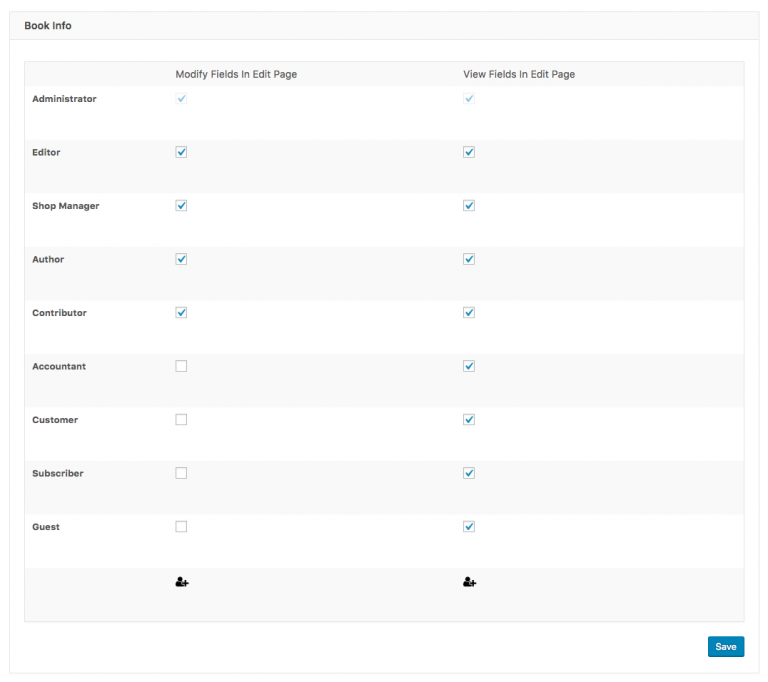

Using Rules, have you ever needed a stepwise procedure in which you first needed to evaluate conditions, then load some data or an entity, and then perform further conditions followed by yet more actions? The same is true with condition set if you want to evaluate a set group of conditions, and then call all of them at once, easily, do the same thing (except, of course, you'll add this condition set when adding conditions to your rule). From then on, you can edit a "regular" rule and, when adding actions to that rule, look under the "Components" heading (within the menu of available actions) to "call" that action set. or you could create an "action set" that combined each of these. Well, you could add each of those as a separate Rules action for each rule that needed it. Imagine, for instance, that you have a number of different rules that need to execute a sequence in which a page redirect happens, a message is shown, and then an email is sent to the user. These refer to reusable bits of functionality that may be needed in several areas. Right, easy enough, but what are components for, and when you enter the Components UI, what are "parameters" and why do you need them? And when does a Rules Component execute anyway? What's the use of the various component types: Rules, Rule Sets, Condition Sets, and Action Sets? the user's role) and then perform some reaction (e.g. user logs in), evaluate some condition (e.g. Understanding the Rules module itself is not that difficult it is simply an action-reaction module in other words, "Upon this action (e.g. After installing Rules and heading to the admin page to set up a new rule, I'd always notice the Components tab and assume this was for experts only, for those who had adequately suffered through its arcane-looking UI. One Rules feature I always shied away from was Components.


 0 kommentar(er)
0 kommentar(er)
